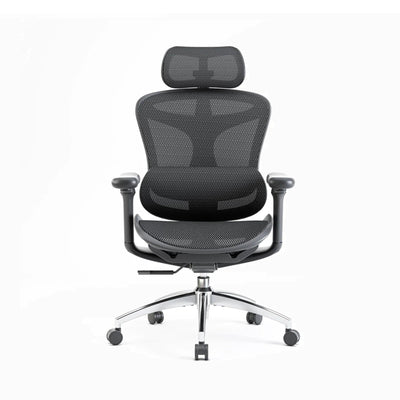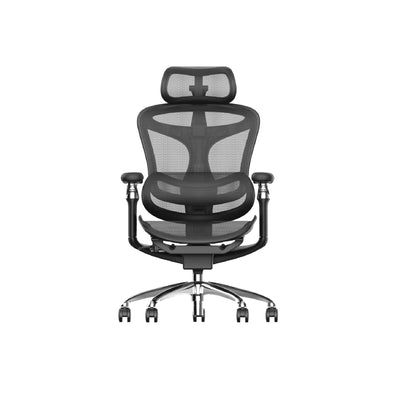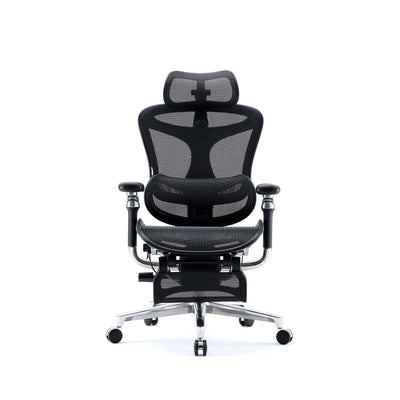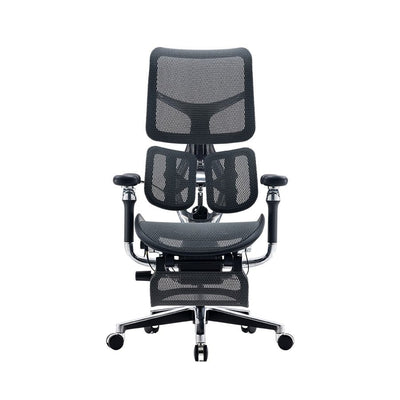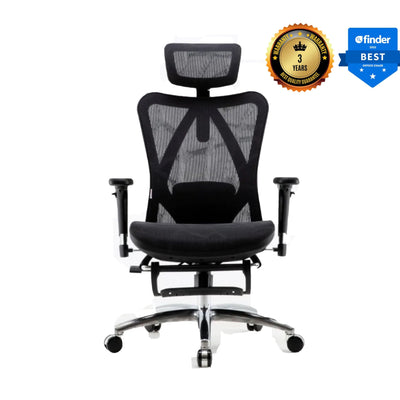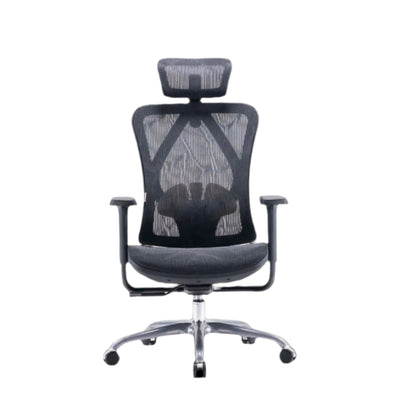
Ever get that dull ache in your lower back after sitting too long? You’re not alone, mate. It happens to so many of us. Working from home, binge-watching shows, or scrolling through your phone can slowly mess with your posture. You might not even notice until your back starts feeling tight and sore.
Lower back pain often sneaks up because we sit the wrong way or move too little. Our bodies weren’t designed to stay still all day. When we slouch, we put extra pressure on our spine, and over time, this stress builds up. Before you know it, even standing straight feels like a chore.
The good news? You can fix a lot of posture and lower back pain with some small, consistent changes. No fancy gadgets or extreme workouts needed — just awareness, a few tweaks, and good daily habits.
1. Start with how you sit
You might think sitting is simple, but it’s one of the biggest posture traps. Most of us lean forward toward the screen without realising it. This rounds the shoulders and strains the spine.
Try this instead: sit with your feet flat on the floor and your back resting gently against the chair. Keep your knees level with your hips. Your screen should be at eye level, not below it.
If you’re sitting for long hours, an ergonomic office chair can make a massive difference. These chairs support your lower back, helping your body stay aligned naturally.
2. Watch that desk setup
Your workspace setup might secretly be causing your discomfort. If your monitor is too low, you’ll start leaning forward. If your chair is too high, your legs dangle and strain your lower back.
So, here’s a quick fix: adjust your chair and screen until your eyes meet the top third of your monitor. Keep your keyboard close so your elbows stay relaxed.
Many Australians are now investing in ergonomic office chairs designed for proper posture. They’re built to keep your spine’s natural curve supported while working.
3. Take movement breaks — often
You won’t believe how much difference standing up every hour makes. Even a quick stretch or short walk can reset your muscles.
Your body loves movement. It keeps your joints flexible, your blood flowing, and your posture in check. Try setting a timer or reminder to stand, stretch, or walk around every 30 to 45 minutes.
A simple rule of thumb? If your back feels stiff, you’ve been sitting too long. So, stand up, roll your shoulders, and take a few deep breaths.
4. Strengthen your core
Your core muscles are like the body’s natural brace. They support your spine and reduce strain on your lower back. When they’re weak, your posture suffers.
You don’t need to do hundreds of crunches. Start with easy exercises like planks, bridges, or even gentle yoga poses. These movements strengthen your abs, back, and hips together.
Try adding just ten minutes of core work to your morning routine. It’s simple, quick, and will help you stand taller all day.
5. Stretch out the tight spots
Tight muscles can pull your posture out of shape. The most common culprits? Your hip flexors, hamstrings, and lower back muscles.
A good daily stretch routine can help loosen those areas. You can try the child’s pose, cat-cow, or seated forward fold. Even standing and reaching for the sky works wonders.
Stretching also helps improve circulation, so your muscles recover faster. You’ll notice it gets easier to sit and stand without stiffness after a week or two.
6. Use the right chair support
Your chair can either help or harm your back. If it doesn’t support your spine, your muscles end up doing extra work to stay upright.
That’s where ergonomic chairs come in handy. They’re designed to follow your spine’s natural curve and reduce pressure points. A small lumbar pillow or cushion also helps if your chair lacks lower back support.
You don’t need to spend a fortune. Just make sure your chair supports your lower back and keeps your posture aligned comfortably.
7. Keep your feet grounded
Sounds simple, right? But you’d be surprised how many people let their feet dangle when they sit. This tilts your pelvis and stresses your spine.
Make sure your feet are flat on the floor, with your weight evenly distributed. If your chair is too high, use a footrest or even a small box.
This simple change helps your hips, knees, and back stay aligned — no more weird pressure or discomfort after long hours.
8. Be mindful of how you stand
Good posture isn’t only about sitting. The way you stand also affects your lower back. Try standing tall, with your shoulders relaxed and your chest open.
Avoid locking your knees or leaning on one leg for too long. Balance your weight evenly on both feet. Imagine a string pulling the top of your head upward — it helps keep your spine in line.
You’ll look more confident and feel less tension in your back when you stand properly.
9. Build better daily habits
Posture isn’t something you fix overnight. It’s a habit you build slowly with small daily choices. Start by paying attention to how you sit, stand, and move.
Check your posture while brushing your teeth or waiting for the kettle to boil. These tiny reminders make a big difference over time.
Also, try to balance screen time with physical activity. Your spine will thank you later.
10. Invest in quality support
Sometimes, the best thing you can do for your back is upgrade your setup. A good chair and desk setup aren’t luxuries — they’re essentials.
Brands like SIHOO are known for high-quality ergonomic chairs in Australia designed for comfort and support. If you spend hours sitting, it’s worth choosing something built to care for your spine.
Pairing this with light stretching, mindful breaks, and better habits will keep you pain-free for years.
11. Sleep smart
Did you know your sleeping position affects your posture too? Lying awkwardly can strain your back and undo all your daytime progress.
Try sleeping on your back or side with a pillow between your knees. Avoid sleeping on your stomach — it twists your neck and flattens your spine.
Your mattress and pillow should support your natural curves. If they’re too soft or too firm, your back muscles will fight to stay balanced.
12. Stay consistent and patient
Let’s be honest — fixing posture isn’t a one-day job. But it’s absolutely worth it. The key is consistency, not perfection.
Even if you catch yourself slouching, just reset and straighten up. Over time, your body learns what good posture feels like.
Don’t get discouraged if progress feels slow. Every small effort adds up to less pain and more energy throughout your day.
Lower back pain can sneak into anyone’s life, especially with so much time spent sitting. But the great thing is, you can do something about it.
Start small. Sit better. Move more. Support your spine properly with the right chair and desk height. Even gentle changes can make your back feel stronger and freer.
Using supportive ergonomic chairs or adjusting your setup with the right gear can make all the difference.




